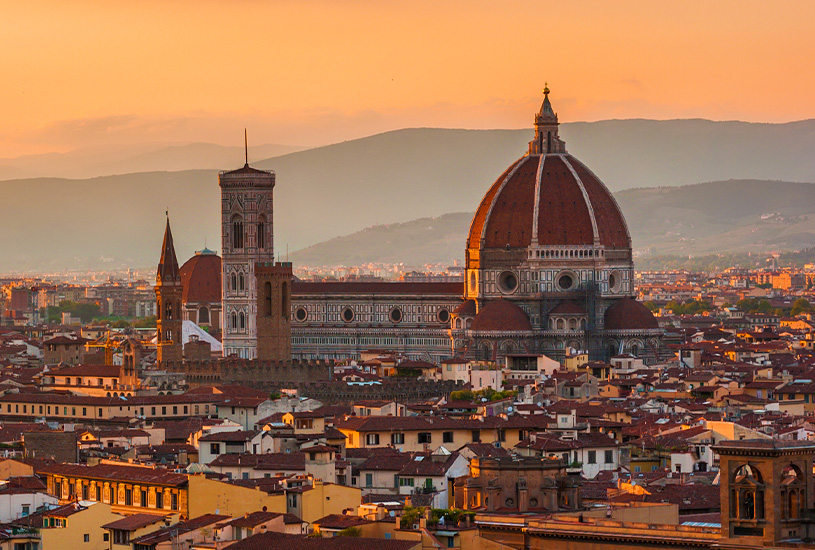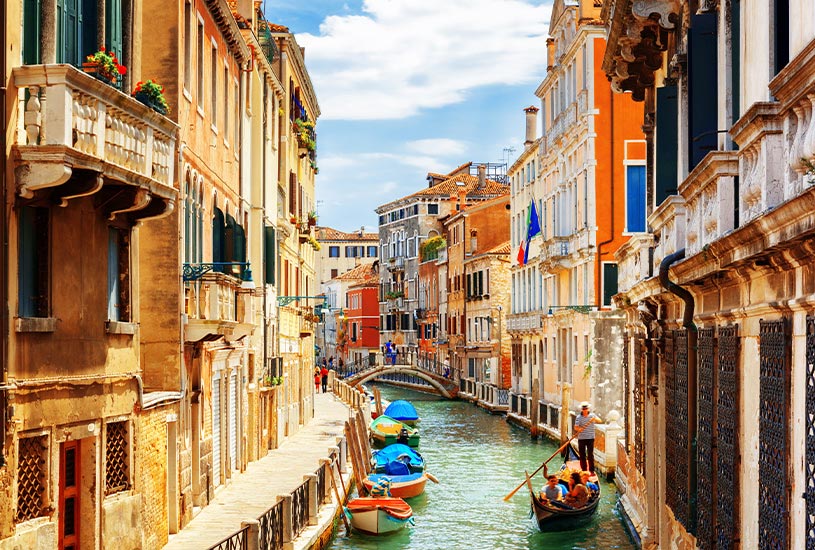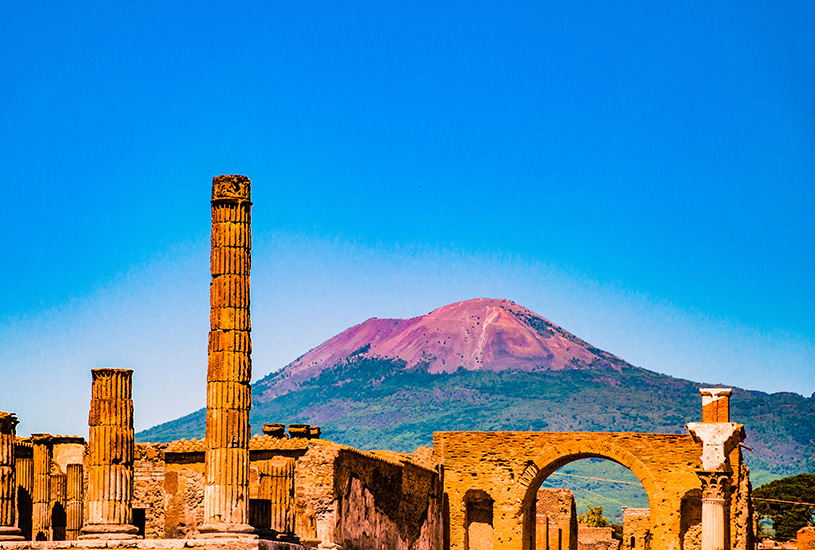- Contact an Expert
- Globus family of brands
A world beyond.
Hassle-free planning, regional Tour Directors & Local Guides, Handpicked hotels and inclusions, seamless transportation, VIP access, and rare Local Favourites that go beyond the guidebook.
Adventure is knocking.
Turn “never thought I would” into “glad I did” with a budget-friendly tour that includes all the essentials plus a great mix of included excursions and free time.
Cruising Elevated.
Cruise on Suite Ships with the widest stateroom views from your window-facing bed. Relaxed luxury flows throughout the ship in every detail plus personalise with Classic, Active, and Discovery excursions.
-
Discover Tours
-
Ways to Travel
-
Deals
-
Trip Planning
-
The Globus Difference
Region
Countries
- Austria
- England
- Croatia
- Eastern Europe
- France
- Germany
- Greece and Turkey
- Italy
- Iceland
- Ireland
- Portugal
- Scandinavia
- Scotland
- Spain
- Switzerland
- The Netherlands and Belgium
Discover Tours
Europe and Britain
North America
South and Central America
Asia
Africa and Middle East
Australia and New Zealand
Ways to Travel
Tour Styles
-
Choice Touring by Globus
Tailor your holiday with complimentary YourChoice excursions
-
Undiscovered
Go off-the-beaten-path in Europe and North America
-
Independence by Globus
Combine the benefits of touring with the freedom of independent travel
-
Small Groups
Explore the world with tours of only 18-24 guests
-
Escapes by Globus
Enjoy thinner crowds & thicker wallets by travelling in the low season
-
Private Touring
Hand-pick your travelling party on a European Private Tour
-
Rail Holidays
Go beyond on a world-famous train journey
-
Tour & Cruise
Combine land and sea on a cruise and tour holiday
Tour Themes
-
Faith-Based Tours
Feel rejuvenated and renewed on a Globus Faith-based tour
-
Food & Drink
Taste your way through favourite foodie hotspots
-
Multi-Country Tours
Experience it all on a multi-country tour of Europe
-
Solo Travel
Globus makes it easy for solo travellers to see the world
-
Festivals & Events
Discover some of North America's biggest festivals and events
-
US National Parks
Visit America's most picturesque National Parks
Ways to Travel
Ways to Travel
-
Choice Touring by Globus
Tailor your holiday with complimentary YourChoice excursions
-
Undiscovered
Go off-the-beaten-path in Europe and North America
-
Independence by Globus
Combine the benefits of touring with the freedom of independent travel
-
Small Groups
Explore the world with tours of only 18-24 guests
-
Escapes by Globus
Enjoy thinner crowds & thicker wallets by travelling in the low season
-
Private Touring
Hand-pick your travelling party on a European Private Tour
-
Rail Holidays
Go beyond on a world-famous train journey
-
Tour & Cruise
Combine land and sea on a cruise and tour holiday
Tour Styles
-
Faith-Based Tours
Feel rejuvenated and renewed on a Globus Faith-based tour
-
Food & Drink
Taste your way through favourite foodie hotspots
-
Multi-Country Tours
Experience it all on a multi-country tour of Europe
-
Solo Travel
Globus makes it easy for solo travellers to see the world
-
Festivals & Events
Discover some of North America's biggest festivals and events
-
US National Parks
Visit America's most picturesque National Parks
Tour Themes
Latest Deals
Latest Deals
Before You Book
Before You Travel
Trip Planning
Before You Book
Before You Travel
Meet Globus
-
Getting Around
Travel in style on a Globus tour
-
Globus Cares
Lighting the path to a better tomorrow
-
Globus family of brands
Meet the rest of the family
-
Career Opportunities
Join the Globus family of brands team
-
Why Travel with Globus
We've spent 95 years perfecting your holiday
-
Why Coach Touring
Why true travellers tour
-
Travel Styles
Explore the world your way
Get Inspired
-
Globus Guru
Follow the adventures of Carla, our Globus Guru
-
Brochures
View our e-brochure
-
Go Live It Blog
Travel stories to feed the soul
-
Subscribe to Globus
Get the latest news straight to your inbox
-
Contact a travel expert
Start planning your next holiday
The Globus Difference
-
Getting Around
Travel in style on a Globus tour
-
Globus Cares
Lighting the path to a better tomorrow
-
Globus family of brands
Meet the rest of the family
-
Career Opportunities
Join the Globus family of brands team
-
Why Travel with Globus
We've spent 95 years perfecting your holiday
-
Why Coach Touring
Why true travellers tour
-
Travel Styles
Explore the world your way
Meet Globus
-
Globus Guru
Follow the adventures of Carla, our Globus Guru
-
Brochures
View our e-brochure
-
Go Live It Blog
Travel stories to feed the soul
-
Subscribe to Globus
Get the latest news straight to your inbox
-
Contact a travel expert
Start planning your next holiday
Get Inspired
-
A world beyond.
Hassle-free planning, regional Tour Directors & Local Guides, Handpicked hotels and inclusions, seamless transportation, VIP access, and rare Local Favourites that go beyond the guidebook.
-
Adventure is knocking.
Turn “never thought I would” into “glad I did” with a budget-friendly tour that includes all the essentials plus a great mix of included excursions and free time.
-
Cruising Elevated.
Cruise on Suite Ships with the widest stateroom views from your window-facing bed. Relaxed luxury flows throughout the ship in every detail plus personalise with Classic, Active, and Discovery excursions.





